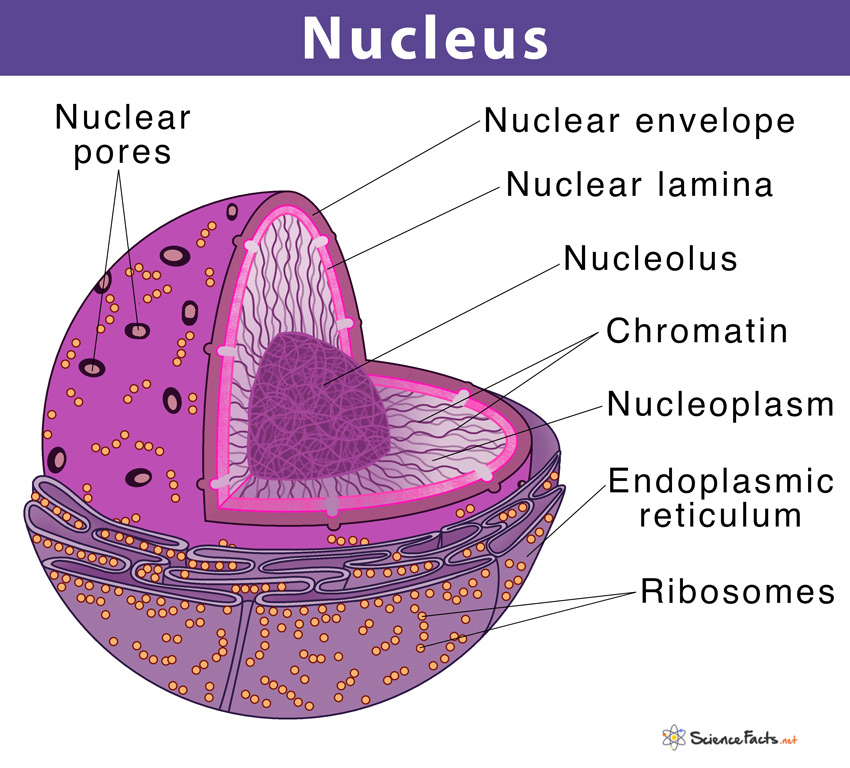The nucleus, a quintessential component of atomic structure, is often enshrined in the discussions of quantum mechanics and nuclear physics. Yet, what truly holds the subatomic particles of protons and neutrons tightly coiled within this cellular core? A playful question arises: if the laws of electromagnetic force urge like charges to repel each other, how is it that protons, laden with positive charge, can coexist in such close quarters without succumbing to explosive repulsion? The answer lies in the enigmatic yet profound interplay of what is known as the nuclear force.
At the very heart of the nucleus, we encounter the nuclear force, also referred to as the strong interaction or strong nuclear force. This fundamental force is responsible for binding protons and neutrons—collectively called nucleons—into a cohesive entity. To truly unravel the intricacies of the nuclear force, one must traverse the realms of particle physics, quantum chromodynamics (QCD), and the nature of force carriers.
The nuclear force is extraordinarily potent, significantly overshadowing the electromagnetic force, especially at the minuscule scales characteristic of atomic nuclei. While the electromagnetic force, which governs interactions between charged particles, diminishes with increasing distance, the nuclear force manifests as a strong attraction that operates over a very short range, typically on the order of 1 femtometer (1 fm = 10-15 meters). Within this short radius, the nuclear force becomes the dominant interaction, effectively overcoming the repulsive tendencies of like-charged protons.
Delving deeper, the nuclear force is mediated by elementary particles known as gluons. Gluons are the exchange particles in QCD, analogous to how photons mediate electromagnetic interactions. These massless gauge bosons facilitate a binding energy that results from the interaction between quarks—components of protons and neutrons—held together by the exchange of gluons. The strong force operates under the principle of confinement, ensuring that quarks remain perpetually bound within their respective particles.
The complexity of the nuclear force can be further elucidated by its dependency on the color charge associated with quarks. Unlike electromagnetic charges, color charge is a characteristic unique to the strong interaction. Quarks possess one of three color charges: red, green, or blue, and the forces they exert on one another are governed by the requirement that composite particles, such as protons and neutrons, must remain “color-neutral” or “white.” This necessity engenders a rich tapestry of interactions, contributing to the stability of atomic nuclei.
However, the strong interaction does not blindly bind nucleons; the nuances of its function can lead to fascinating phenomena, such as nuclear decay. As nucleons are bound within the nucleus, their collective state reflects a balance of attraction and repulsion determined by the interplay of the strong nuclear force and the electromagnetic force. If this balance is perturbed—such as by a surplus of neutrons or protons—decay processes may ensue, yielding alpha, beta, or gamma emissions. Each decay mode presents a glimpse into the fundamental forces at play and their implications in the universe.
An intriguing aspect of the nuclear force arises when examining its implications for nuclear stability. The combination of protons and neutrons produces isotopes, each with unique properties influenced by the ratio of these nucleons. In stable isotopes, the nuclear force acts to maintain equilibrium among nucleons, while in unstable isotopes, a surplus or deficiency in neutrons precipitates a shift towards decay. Herein resides a remarkable challenge for physicists: to predict stability based on nuclear interactions, leading to advancements in both theoretical models and practical applications, such as nuclear reactors and medical isotopes.
The phenomena of nuclear fusion and fission provide further avenues for exploring the nuclear force. Fusion, the process by which light nuclei combine into heavier ones, exemplifies the power and importance of this binding force. In the core of stars, the extreme conditions allow hydrogen nuclei to overcome their electromagnetic repulsion, yielding helium and releasing monumental amounts of energy—a process that ultimately sustains stellar life cycles and underpins the existence of elements. Conversely, fission entails the splitting of heavy nuclei, which also latches onto the nuclear force, liberating energy that can be harnessed for power generation.
In conclusion, while the nucleus may appear to be a quiet sanctuary of atomic composition, the nuclear force schemes beneath its surface; a compelling interplay of attraction that not only binds particles together but also shapes the very fabric of matter and energy in the universe. Its profound influence is evident across scales—from powering stellar phenomena to determining the stability of isotopes—and poses fundamental questions about our universe’s inception and ultimate fate. The quest to understand the nature of this force compels physicists to navigate the depths of quantum theory and to ponder the complexities of our cosmos.












